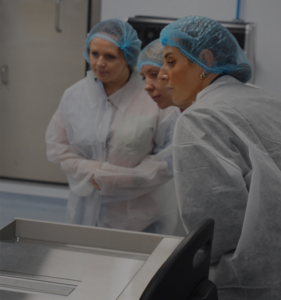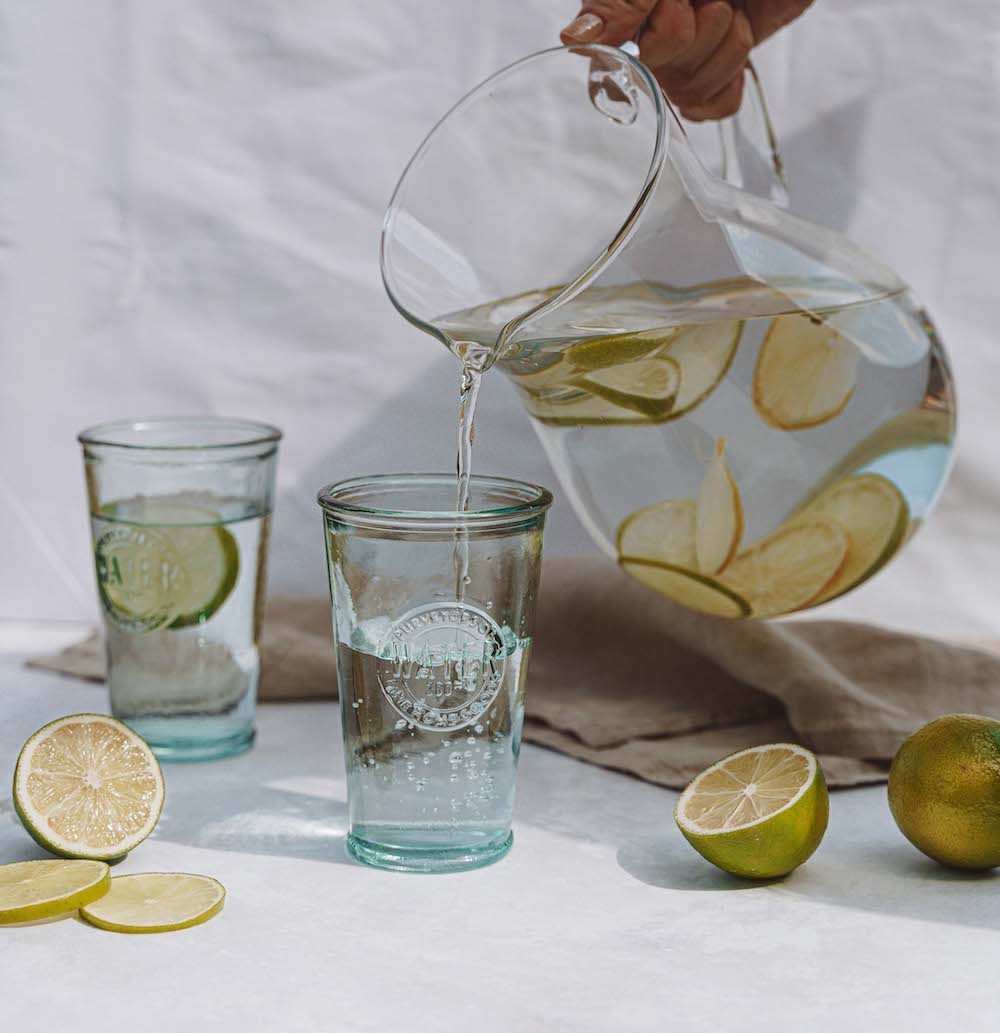Published 16 September 2024
-
Written by Louise Carleton

Reviewed by Dr. Abhinav Singh
Fact checking standards
Key takeaways
What Are The Pitta Characteristics?
Pitta energy
In Ayurvedic medicine the Pitta Dosha is the energy that governs your body’s digestion and transformation. When we think of the Pitta Dosha its characteristics are fiery, driven, and clear. It is associated with the water and fire elements making it hot, oily, spreading and sharp.
Physically Pitta types are of medium build with delicate skin that often has moles and freckles. They have thin, light coloured hair and, due to the fiery elements of Pitta, can warm up and overheat easily.
Balancing Pitta Energy
Pitta types are creative and emotional with a good appetite, requiring a moderate amount of sleep. They are prone to quick bursts of energy and will have an abundance of enthusiasm when they undertake tasks they are passionate about. Due to the water element in Pitta they can sweat easily, especially in warm environments or when undertaking strenuous exercise.
When there is too much Pitta energy in the body they can become jealous, angry and irritated. Their natural drive is replaced by perfectionism which can lead to mental and physical burnout, When this happens they might find themselves staying up late and indulging in junk food or alcohol. When unbalanced the heat and liquid elements in Pitta will turn to acid and lead to complaints such as heartburn and gastritis.
Signs of a Pitta imbalance might manifest themselves as skin conditions, irritability, and inflammation. They might find they are obsessing over things or that their temper is short, snapping at people close to them.
Remember you can find out which is your most dominant Dosha by taking a simple test online or by visiting an Ayurvedic practitioner. Some of our favourite online tests are the Pukka Tea Dosha Indicator, Jasmine Hemsley’s test, Rituals Dosha test and AyurvedaDosha.org’s simple test. You can also learn more about each Dosha in ‘The Introduction to Ayurveda’ article.
The Ayurvda Pitta Diet
What Foods Should Pitta Types Eat?
As always in Ayurvedic medicine, food and diet is one of the principle ways in which we can bring an unbalanced Dosha back into harmony. When we think of Pitta pacifying foods we think of foods that are cool, calming and wet; anything that will pacify and soothe the fiery Pitta rather than aggravate it.
The following foods are great for pitta types:
- Vegetables like asparagus, avocado, artichoke, broccoli, cabbage, carrot, cauliflower, celery, courgette, cucumber, fennel, kale, lettuce, mushroom, parsnip, peas, pumpkin, sweet potato, watercress
- Fruits like apricot, banana, berries, coconut, dates, figs, grapes, mango, melon, pear, pomegranate, prunes, raisins, watermelon
- Grains like barley, couscous, oat, quinoa, rice, spelt, tapioca and wheat
- Legumes like black beans, black eye beans, chickpeas, kidney beans, lima beans, mung beans, pinto beans, puy lentils, red lentils, soya beans, tempeh, tofu
- Meat like chicken, freshwater fish, prawns, turkey, venison
Pitta types will find they benefit from naturally sweet foods (emphasis on the word natural!) as these are grounding and heavy. Also favour bitter foods which are cooling and drying which helps balance the fire and water characteristics of Pitta. Pitta types have a strong digestive fire and can benefit from eating raw foods which they have no trouble digesting.
What Foods Should Pitta Types Avoid?
Pitta types should avoid foods that are salty and pungent which can be inflammatory. Oily, sour and hot foods also aggravate the natural qualities of Pitta.
The following foods aggravate pitta types:
- Vegetables like aubergines, chilli, garlic, horseradish, leeks, raw onion, radish, spinach, tomato
- Fruits like cranberries, grapefruit, kiwi, lemons, papaya, sour cherries and berries, oranges, plums, pineapple, unripe bananas
- Grains like buckwheat, corn, millet, polenta, rye, white flour
- Legumes like black lentils
- Meat like beef, duck, lamb, pork, salmon, seafood, tuna
Pitta types should avoid sour citrus fruits and sharp-tasting yoghurts, both of which can cause acidity in the stomach. Use honey in moderation as this can be heating and drying. Try to limit meat consumption as too much meat, especially red meat, can be oily and fatty and aggravates the already oily elements of Pitta.
When Is The Best Time For A Pitta Dosha To Eat?
Pitta types are naturally on the go; when they’re balanced they have an abundance of creativity and energy and like to get things done. While this can be advantageous it can easily become excessive and eating habits can become neglected. When this happens Pitta types will naturally want to reach for foods that aggravate them such as spicy or salty foods.
Pitta types should make sure they eat their biggest meal when the Pitta energy is at its strongest; this is between 10am and 12pm. They benefit from having a routine and need to keep regular eating patterns making sure to avoid late night snacks and meals. Instead they should try to settle down to eat at the same time each day and eat mindfully, making sure all their meals are taken in a calm quiet environment with no distractions.
What Else Affects A Pitta Types Diet?
Heat
Pitta types don’t do well with heat so they should avoid the sun and warm temperatures, including hot baths, showers, steam rooms and saunas. Their skin and hair can easily become dry and brittle so they should massage their body with natural oils, like castor, sesame or coconut.
Exercise
Pitta types respond well to gentle exercise like yoga or walking, especially in beautiful areas where they can connect with nature and the natural world. Excessive or intense exercise should be avoided.
Cigarettes are absolute no no’s for Pitta types and should be avoided at all costs and alcohol should only be drunk occasionally and in moderation.
Rest
Rest and downtime is also very important for Pitta types and meditation is a key to keeping that wonderful creative energy from spiralling out of control. Relaxing music is also great and should be played softly in the background when Pitta types are working on something; this will help keep them grounded and relaxed.
A Pitta Types Diet – Final Thoughts
Lifestyle changes can be daunting; especially when it comes to our diet. Like with any lifestyle change, start small and do your research. If you’re showing signs of a Pitta imbalance look at your diet, the choices you make when it comes to eating and think carefully about what you’re putting into your body. Ayurvedic medicine is tailored to the needs of each individual, so start connecting with food and think about how it makes you feel both mentally and physically and the rest will come naturally.
Disclaimer: This website does not provide medical advice. The information, including but not limited to, text, graphics, images and other material contained on this website are for informational purposes only. No material on this site is intended to be a substitute for professional medical advice, diagnosis, or treatment. Always seek the advice of your physician or other qualified healthcare provider with any questions you may have regarding a medical condition or treatment, and before undertaking a new healthcare regimen, and never disregard professional medical advice or delay in seeking it because of something you’ve read on this website.
Disclaimer: This website does not provide medical advice. The information, including but not limited to, text, graphics, images, and other material contained on this website is for informational purposes only. No material on this site is intended to be a substitute for professional medical advice, diagnosis, or treatment. Always seek the advice of your physician or other qualified healthcare provider with any questions you may have regarding a medical condition or treatment and before undertaking a new healthcare regimen, and never disregard professional medical advice or delay in seeking it because of something you have read on this website.
Written by
Louise Carleton
Reviewed by

Dr. Abhinav Singh
Dr Singh is the Medical Director of the Indiana Sleep Center. His research and clinical practice focuses on the myriad of sleep.





